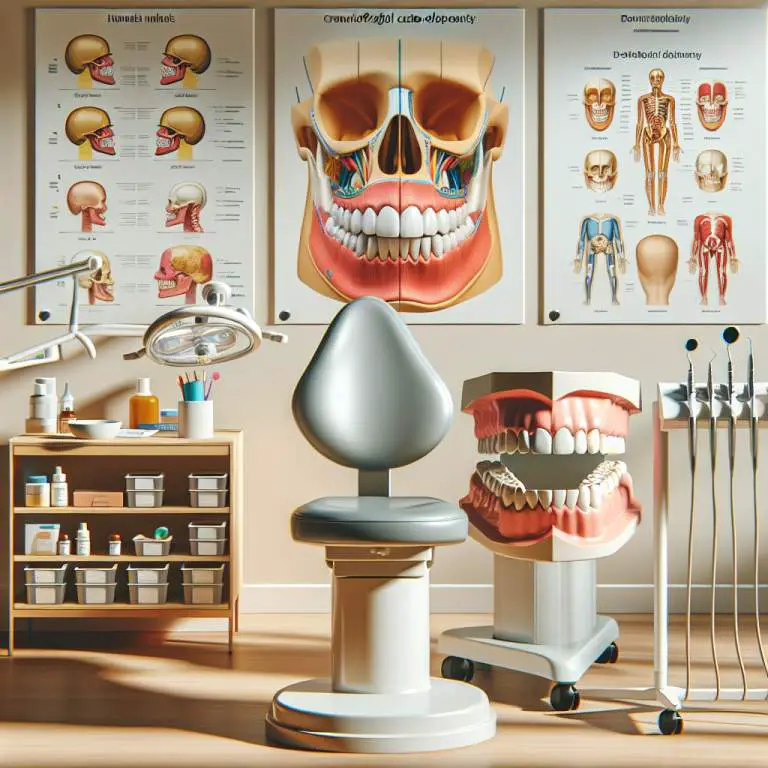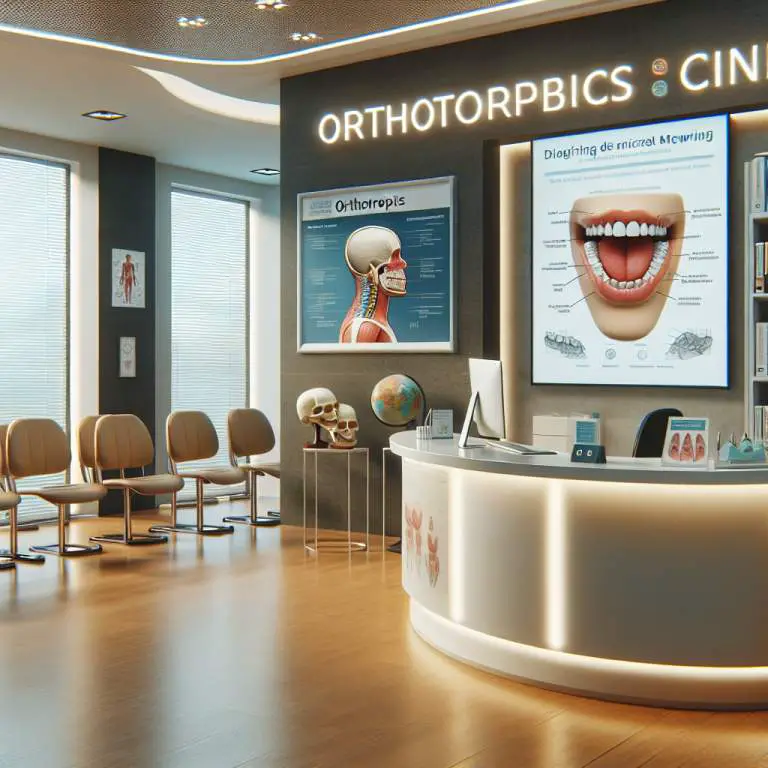What are the limitations of current scientific research on mewing?
Current scientific research on mewing has several limitations. First, there are few studies, making it hard to draw firm conclusions. Second, the research often lacks long-term data to show if mewing changes last. Lastly, many studies do not have control groups, which makes it difficult to know if results come from mewing or other factors.

How does mewing claim to work and what are its purported benefits?
Mewing is a technique that some people believe can help shape the face and improve its structure. It involves placing the tongue against the roof of the mouth while keeping the lips together and teeth slightly touching. People who support mewing say it can make your jawline more defined, improve breathing, and even change how your face looks.
Those who practice mewing think that by doing these exercises regularly, they can see changes in their facial appearance over time. They say it’s not just about looking better but also about helping with problems like sleep apnea and improving posture. The idea is that proper tongue posture can lead to a well-shaped jaw and better overall health.
What scientific principles is mewing based on?
Mewing is based on the idea that our facial bones can change shape based on pressure over time. This concept comes from orthotropics, a field of study that looks at how the position of our teeth and jaws affects our overall health. The theory suggests that by changing where we place our tongue, we can influence the growth and shape of our facial bones, even into adulthood.
The principle behind mewing relates to how humans have evolved. Supporters argue that modern lifestyles have led to changes in how we chew and breathe, affecting our facial development. By practicing mewing, they believe we can return to a more natural state of facial structure, similar to what humans had before these lifestyle changes occurred.
Are there any peer-reviewed studies supporting the effectiveness of mewing?
As of now, there are very few peer-reviewed studies specifically focusing on mewing and its effectiveness. This means most of the evidence supporting mewing comes from personal testimonials or smaller-scale observations rather than large scientific studies.
Because there’s a lack of extensive research, it’s hard for scientists to say for sure if mewing works as claimed. Some people report seeing benefits from practicing mewing, but without solid scientific evidence, it’s difficult to know if these changes are directly caused by mewing or if other factors might be at play.
How do experts in orthodontics and facial development view mewing?
Experts in orthodontics and facial development have mixed opinions about mewing. Some professionals acknowledge that proper tongue posture can play a role in facial development and may support certain aspects of the technique. However, they often stress that more research is needed before making any firm conclusions about its effectiveness.
On the other hand, many experts are skeptical about some of the broader claims made by proponents of mewing. They caution against expecting dramatic changes in facial structure from tongue positioning alone, especially in adults whose bones have stopped growing. These professionals emphasize traditional methods like braces or surgery for significant alterations in jawline or facial structure.
| Aspect | Gaps in Research | Limitations of Existing Studies |
|---|---|---|
| Sample Size | Most studies have small sample sizes. | Limited generalizability due to the small and often non-diverse participant pool. |
| Duration | Short-term studies prevail; long-term effects are less understood. | Potential benefits or drawbacks that manifest over time are not adequately captured. |
| Control Groups | Lack of control groups in many studies. | Difficult to attribute changes specifically to mewing without comparison to a non-mewing group. |
| Subjectivity | Reliance on self-reported data for outcomes like aesthetic improvement. | Risk of bias and inaccuracies in self-assessment, affecting reliability of results. |
| Age Variability | Limited research on the effectiveness across different age groups, especially older adults. | Efficacy of mewing might vary significantly with age, but this is not well-documented. td> |
What methodologies have been used in studies investigating mewing, and how might they be improved?
Studies on mewing often use a variety of methods to measure changes in facial structure and dental alignment. These can include photographic evidence, 3D imaging, and dental casts. However, these methods sometimes lack consistency across different studies. This makes it hard to compare results directly.
To improve research on mewing, experts suggest using standardized measurement tools and protocols. For instance, employing more advanced imaging techniques like MRI or CT scans could offer more precise insights into the changes happening in the bone structure and muscle placement. Additionally, long-term studies with larger participant groups would help provide more reliable data on the effectiveness of mewing.
Why is there skepticism among some professionals about the benefits of mewing?
Many professionals in orthodontics and facial development are skeptical about mewing because of the limited scientific evidence supporting its benefits. Most of the claims about mewing come from anecdotal reports or small-scale studies that do not meet rigorous scientific standards. This lack of solid evidence makes it difficult for professionals to endorse mewing as a beneficial practice.
Another reason for skepticism is that mewing principles challenge traditional orthodontic practices. Orthodontists spend years studying facial development and tooth movement; thus, any new technique claiming to reshape the face without clear scientific backing is met with caution. Professionals worry about misleading people with unproven methods that could potentially lead to disappointment or harm.
What are the potential risks or downsides of practicing mewing incorrectly?
Practicing mewing incorrectly can lead to several potential risks or downsides. One concern is that improper tongue posture could contribute to misalignment of teeth or exacerbate existing dental issues. If someone pushes their tongue too aggressively against their teeth, it might lead to unwanted tooth movement or bite problems over time.
Beyond dental issues, incorrect mewing might also cause jaw pain or temporomandibular joint disorder (TMJ) due to unnatural pressure on the jawline. People attempting mewing without proper guidance may adopt habits that strain their facial muscles unnecessarily, leading to discomfort and possibly long-term health issues related to jaw function.
Final Thoughts
Mewing has attracted attention as a method for improving facial aesthetics through specific tongue positioning techniques. While some individuals report positive outcomes from practicing mewing, skepticism remains within the professional community due to a lack of comprehensive scientific evidence supporting its efficacy.
To truly understand the impact of mewing, further research with rigorous methodologies is necessary. Until then, individuals interested in trying out this practice should proceed with caution and consider seeking advice from healthcare professionals specializing in orthodontics or facial development to avoid potential risks associated with incorrect techniques.







